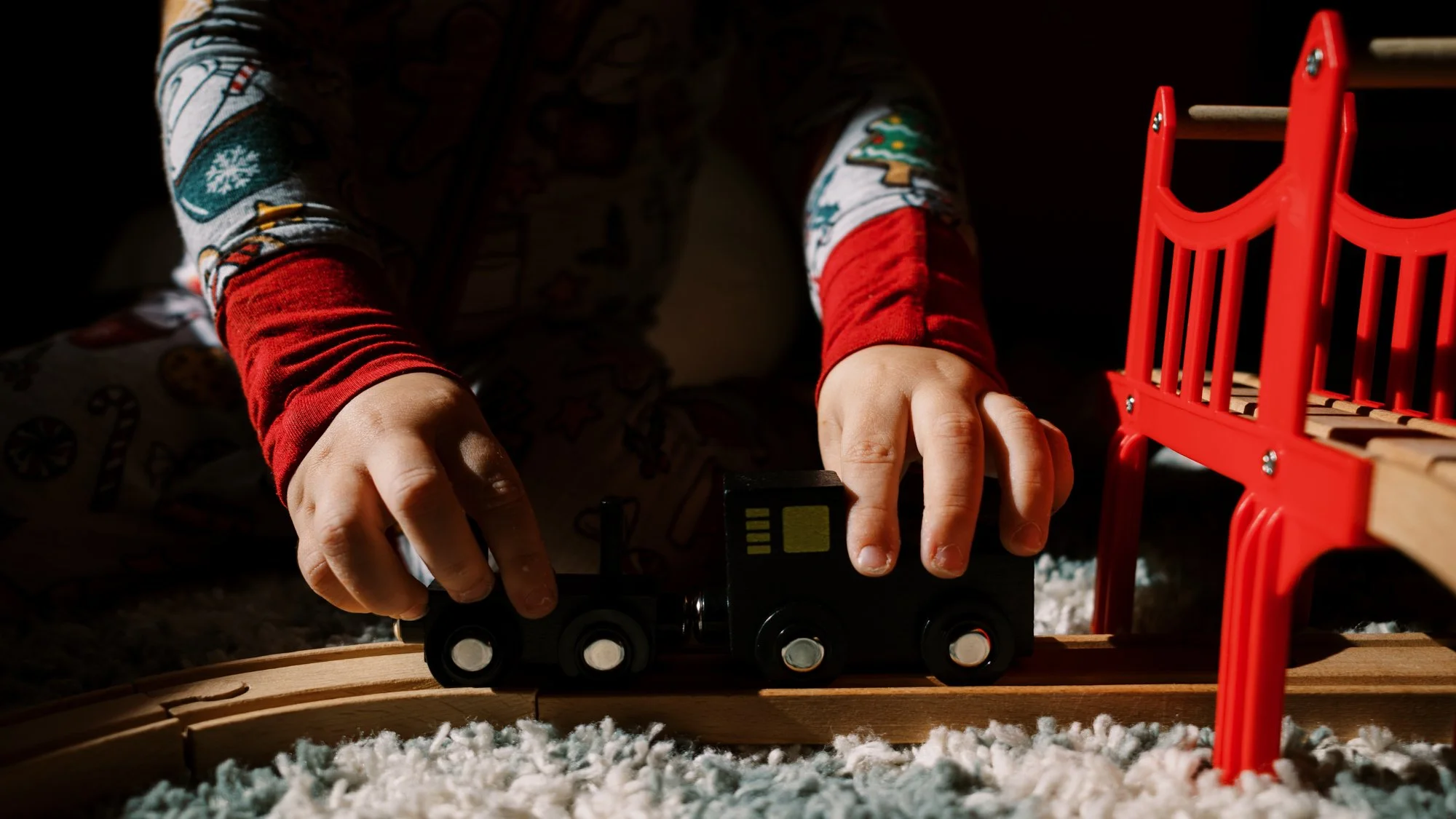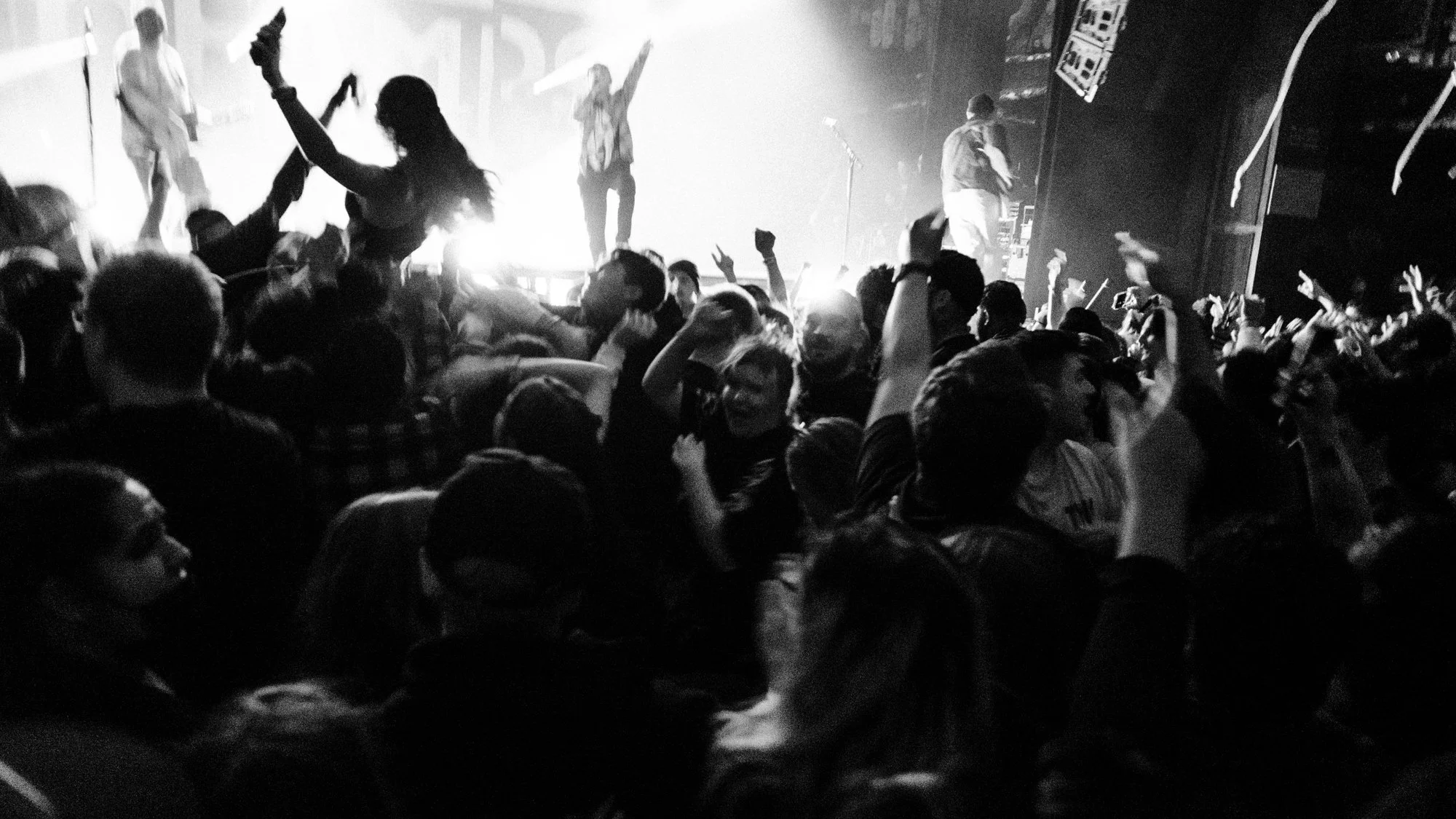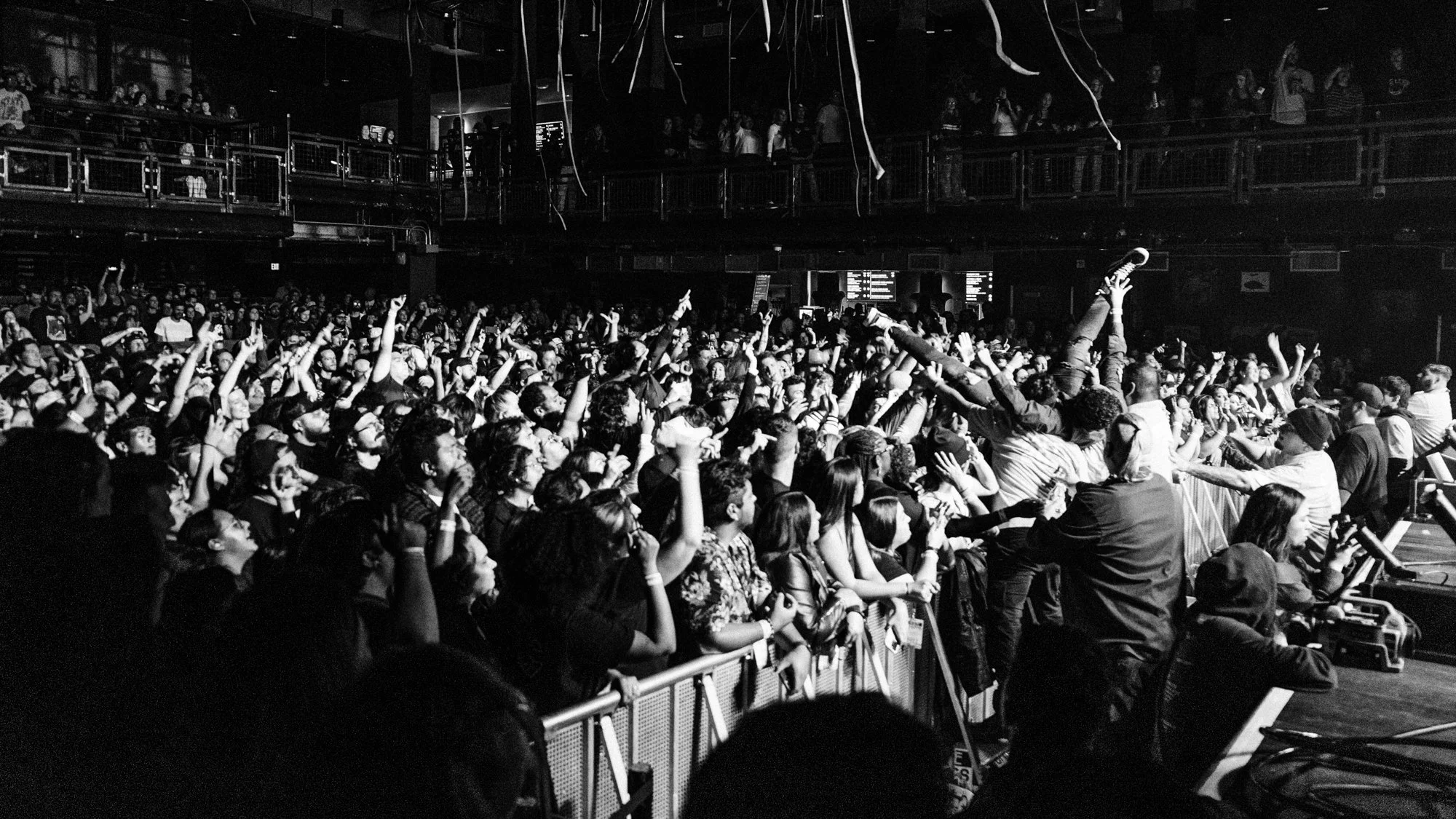Is The Ricoh GRIII Worth Purchasing in 2025?
I don’t know if my approach to photography is shifting as a whole and I’m prioritizing the gentler moments in life, or if I just have gear acquisition syndrome really bad. Either way, the idea of a compact camera that can fit in my pocket has been growing on me. It’s funny because I feel like I always wanted more gear, bigger lenses, and multiple different systems. Now, I pretty much would be happy to part with a majority of my gear and keep some core pieces of versatile equipment. I heard about the Ricoh GRIII as a high-quality point and shoot style camera and immediately became interested. A camera that has great image quality, shoots raw, and can actually fit in my pocket? Yes, please. I went ahead and rented the little Ricoh GRIII for 7 days to test it out.
(this post contains affiliate links, and if you purchase from the links I will get a commission)
Technically, the Ricoh GRIII is good
The GRIII has just over 24 megapixels with an APS-C sensor. With this sensor and an 18.3mm built-in lens, you get an approximate 28mm equivalent focal length. The aperture is relatively fast as well at F2.8. This little camera shoot both JPEG, and a 14 bit DNG RAW file. Another standout feature of this camera is the 3-axis in-body image stabilization.
GRIII - ISO 160, F2.8, 1/1250
How is the image quality?
It’s been years since I have used any sort of camera with a built-in lens. There is no doubt that the Ricoh GRIII has a superior image quality of any other point and shoot camera. Overall sharpness of the lens at 2.8 and good color science actually make the DNG files really great to work with. Being able to adjust the different film profiles for JPG recording is also a super fun and convenient feature.
GRIII - ISO 160, F2.8, 1/1250
The most portable camera?
GRIII - ISO 160, F2.8, 1/2500
Though this camera is small, the build quality is nothing like how I remember other point-and-shoot cameras. The GRIII really does feel like a quality camera. The buttons are responsive, the LCD screen is plenty high enough resolution takes up most of the back of the camera, so size is not a limiting factor. It would be nice to have a flip out or even a tilting screen. This camera does not have a viewfinder of any kind, which I will say was very weird for me. I kept bringing the camera to my face out of habit. The ergonomics of the camera aren’t great in my opinion, but I know that adding a bigger grip would get rid of my favorite feature of this camera: the ability to put it in your pocket.
The Ricoh GRIII is truly the only camera (besides a smartphone) that I have been able to comfortably put into my pocket and carry around. Not only is it small in length and width, but it is rather slim. I’ve definitely had wallets in the past that are thicker than this camera. I bring a camera everywhere that I can, but carrying the Ricoh around for a few days was really a special treat without the need for a separate bag to carry it in. And, it can go places that other cameras can’t.
GRIII - ISO 1250, F2.8, 1/80
The perfect concert camera?
I’ve always taken photos with my iPhone at concerts, just a few here and there to try to capture the overall vibe. Bringing a professional camera into a venue is a dream of mine, but different rules and regulations are strict on professional gear. This generally means anything that isn’t a point and shoot camera is not allowed. I actually chose these specific rental dates because I knew I was going to a State Champs concert at House of Blues in Anaheim and I figured they might allow the little GRIII into the venue. And they did! I very clearly pulled it out of my pocket and set it on the security table before going through the metal detector. They had no problem with it.
GRIII - ISO 1250, F2.8, 1/30
GRIII - ISO 2500, F2.8, 1/40
I turned the camera on in the middle of the pit and snapped off a few shots, making sure the wrist strap was secure, of course. All was great until it stopped focusing on the stage. I could not figure out how to get the camera to focus. Most cameras will still focus in high contrast areas so I was getting quite frustrated. Then I remember something about “snap focus.” While getting pushed and bumped repeatedly I somehow got the camera to snap focus at infinity, ensuring the stage would more or less be in focus. I couldn’t tell you how I did it. By my recollection there was a lot of button pushing until I screamed “It’s working!”
Once the camera was consistently locking focus I would occasionally pull it out of my pocket, turn it on, and just snap a quick shot. I tried to blend in and only do it when people were crowd surfing or fist bumping so I didn’t obstruct the view from behind me. If only everyone with there cellphones had the same consideration.
The pit got pretty old so I spent the last few songs just walking the edges of the parameter of the crowd snagging the occasional shot. I honestly didn’t think I got anything too special. As soon as I brought the RAWs into lightroom though I was extremely impressed. At 2500 ISO the camera performed great and there were 8-10 images that I really did like. The band even shared a few on their Instagram story, so that’s cool.
GRIII - ISO 2500, F2.8, 1/80
GRIII - ISO 640, F2.8, 1/200
What I don’t like about the Ricoh GRIII…
This camera opens up a world of possibilities. The portability and image quality are definitely reasons to buy it, but the one thing that I couldn’t get passed was the way it felt to shoot with it. It brought a very similar feeling to using my iPhone, which I don’t like. Of course, when I was at the concert this was a huge benefit. Outside of the concert I didn’t really want to be using this camera. I’m used to bringing a small camera bag around so the fact that it fits in my pocket didn’t sway me enough. Honestly, I think if the autofocus was faster I would take the time to get used to the camera and come to terms with how it actually feels to use. Most of what I photograph is quick moving subjects, so it felt very limiting to be tapping the screen, slowly autofocusing and then snapping a photo just like I could do with my phone. The image quality is superior to the phone of course and if I had an extra $1000 floating around, I would buy this camera just to bring it to more concerts.
GRIII - ISO 640, F2.8, 1/200
Should you buy the Ricoh GRIII in 2025?
If you are someone who likes simply having a camera on hand when you are traveling, walking around or just hanging out with friends then I definitely do recommend it. You might feel like you’re using a phone, but the image quality really does make it worth it. If most of your subjects are fast moving though, understand that it will take some finesse to capture the images you would otherwise capture with a normal mirrorless camera. My recommendation is always to rent before you buy. I’m very glad I rented this camera, because though it’s great and I would recommend it to the right person, I don’t think it fits for me at this moment in time. If you think it’s for you, you can Get The Ricoh GRIII Here. See, affiliate link, I told you.
About Me: My name is Nic Hilton. I am a wedding photographer from Southern California, but I love photographing people, action sports and random daily life.










